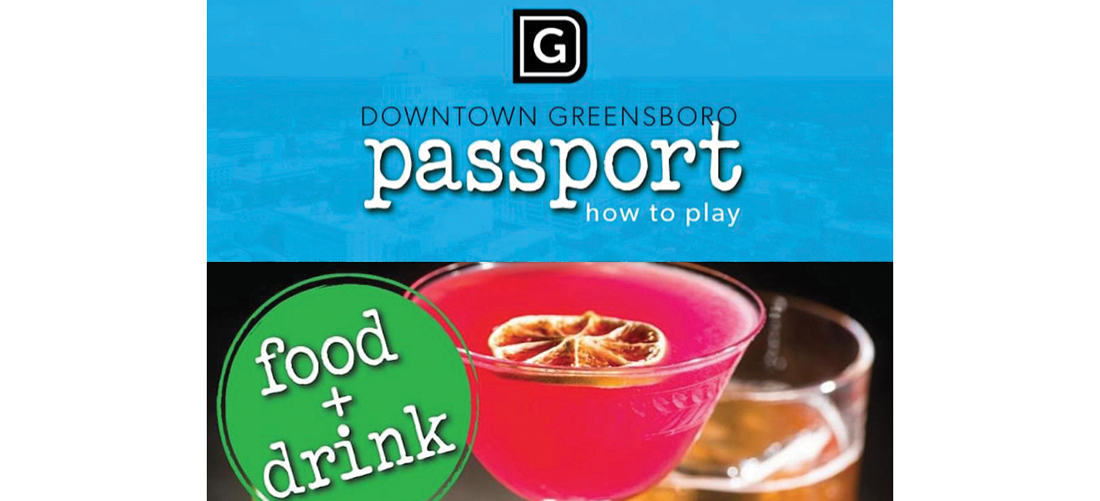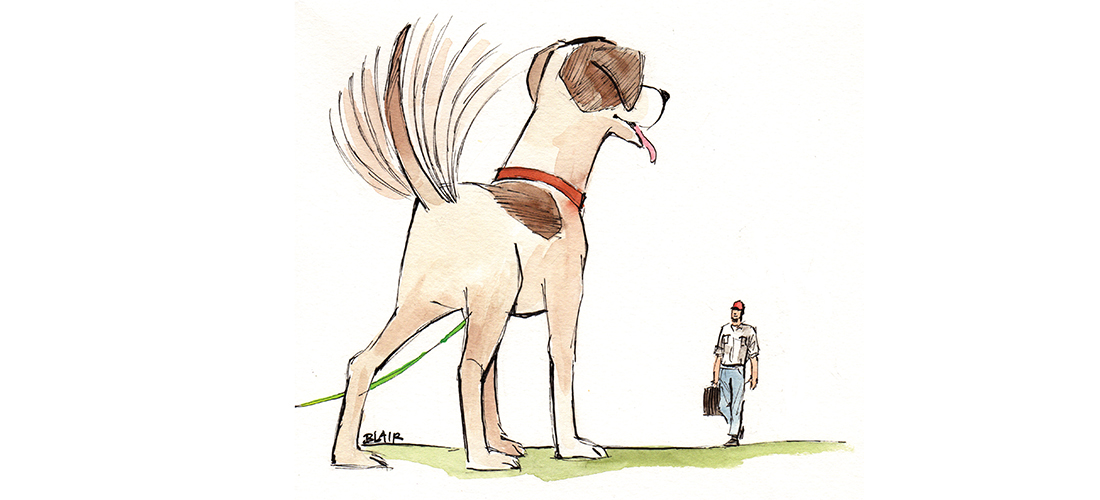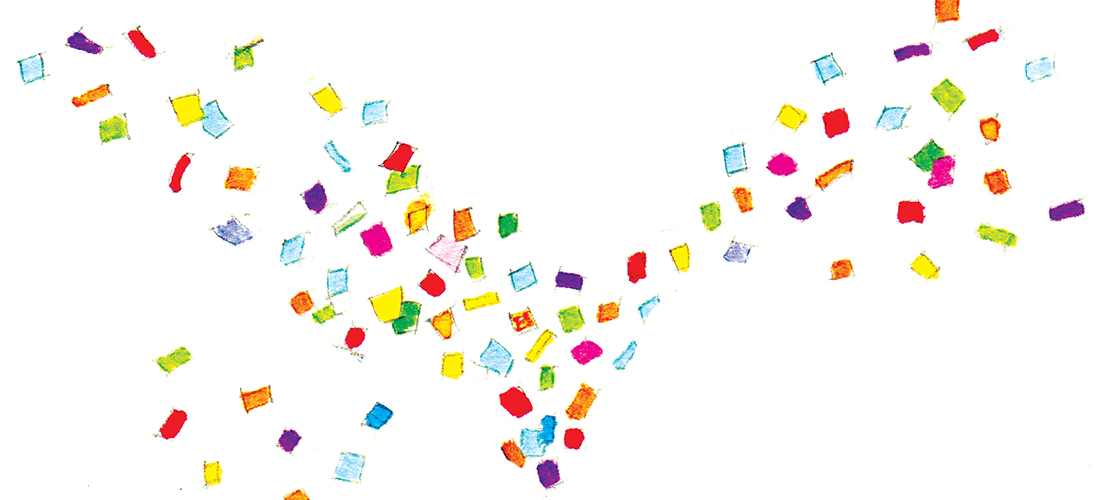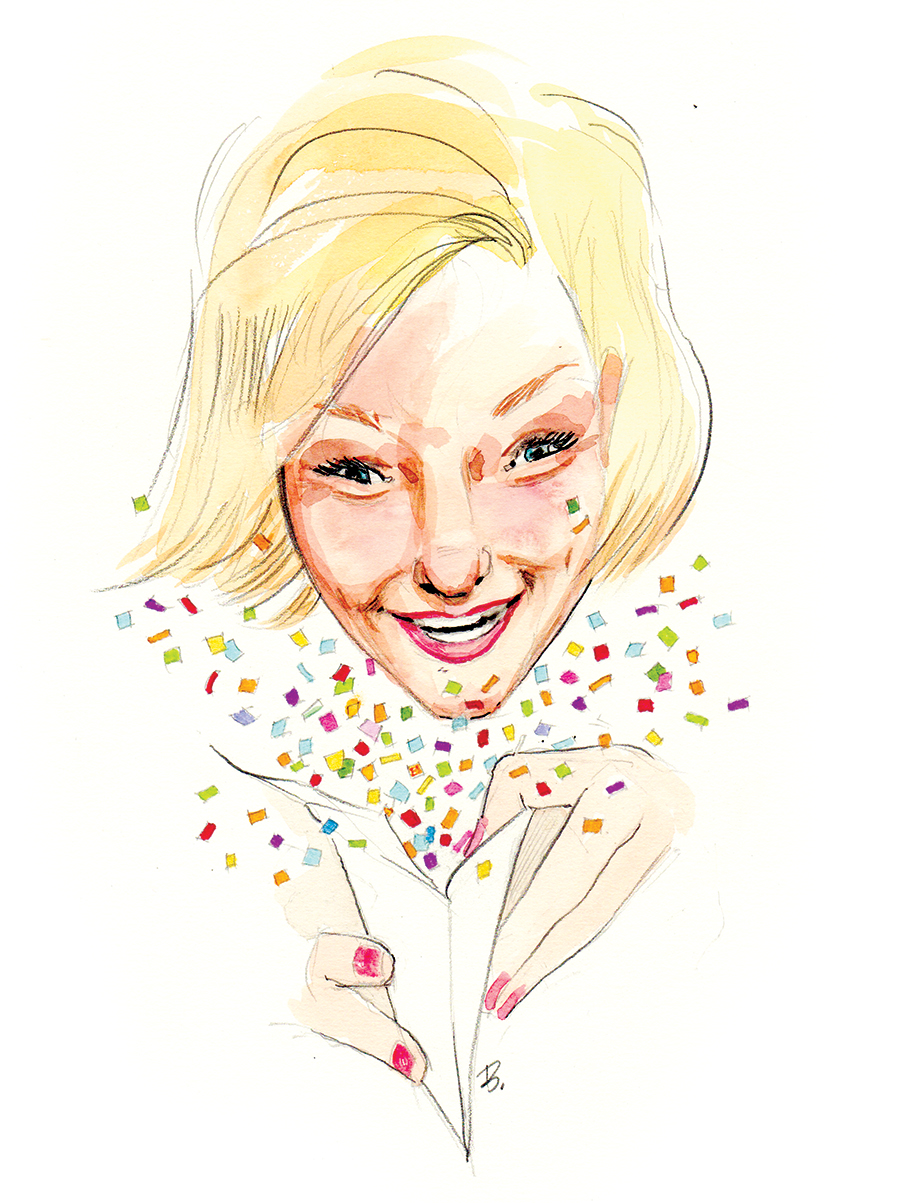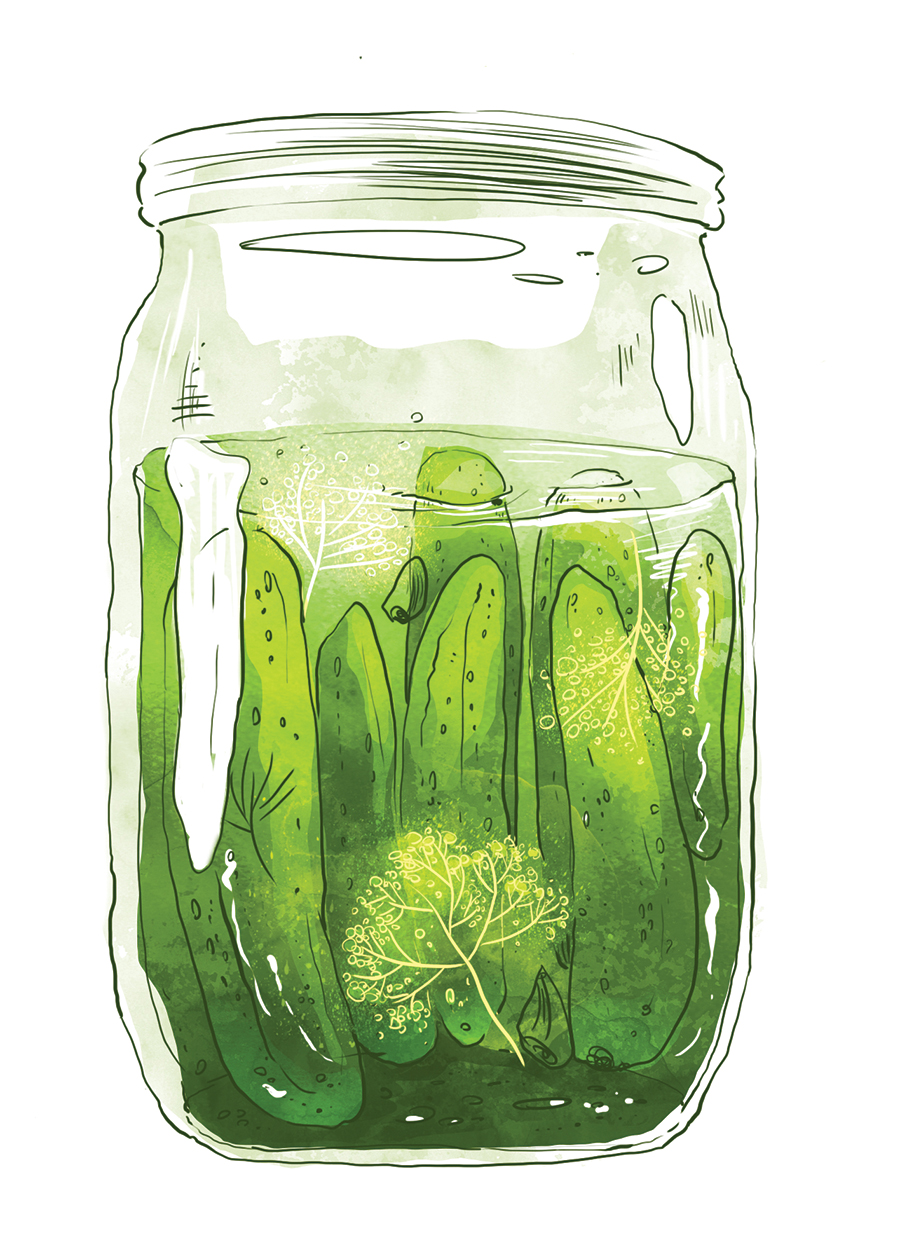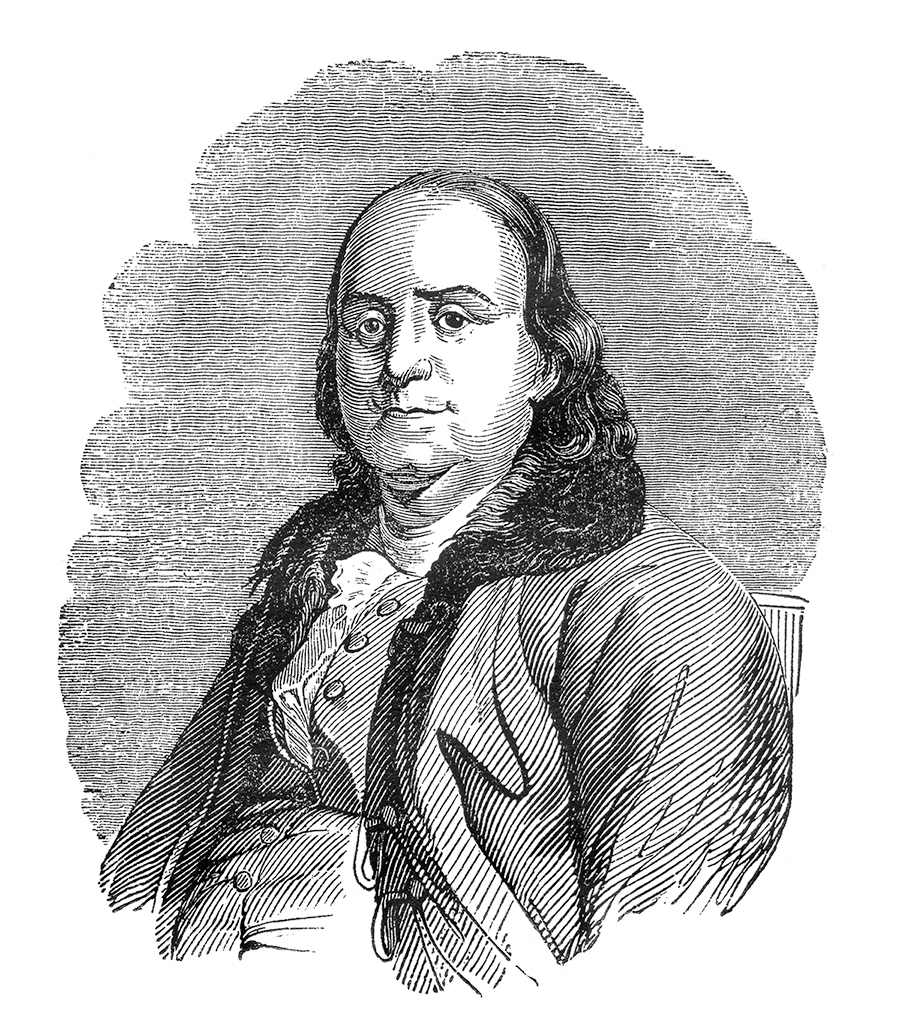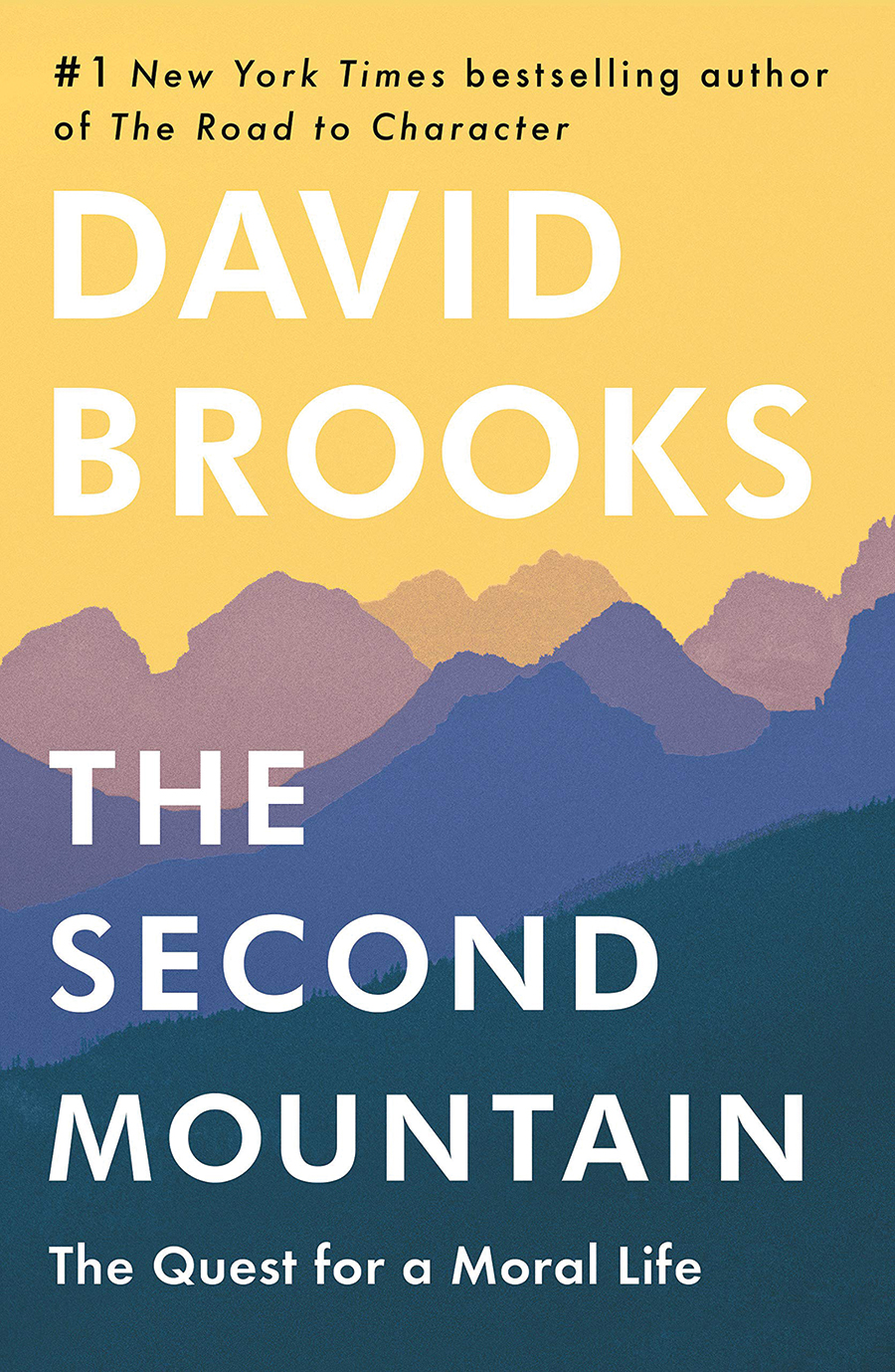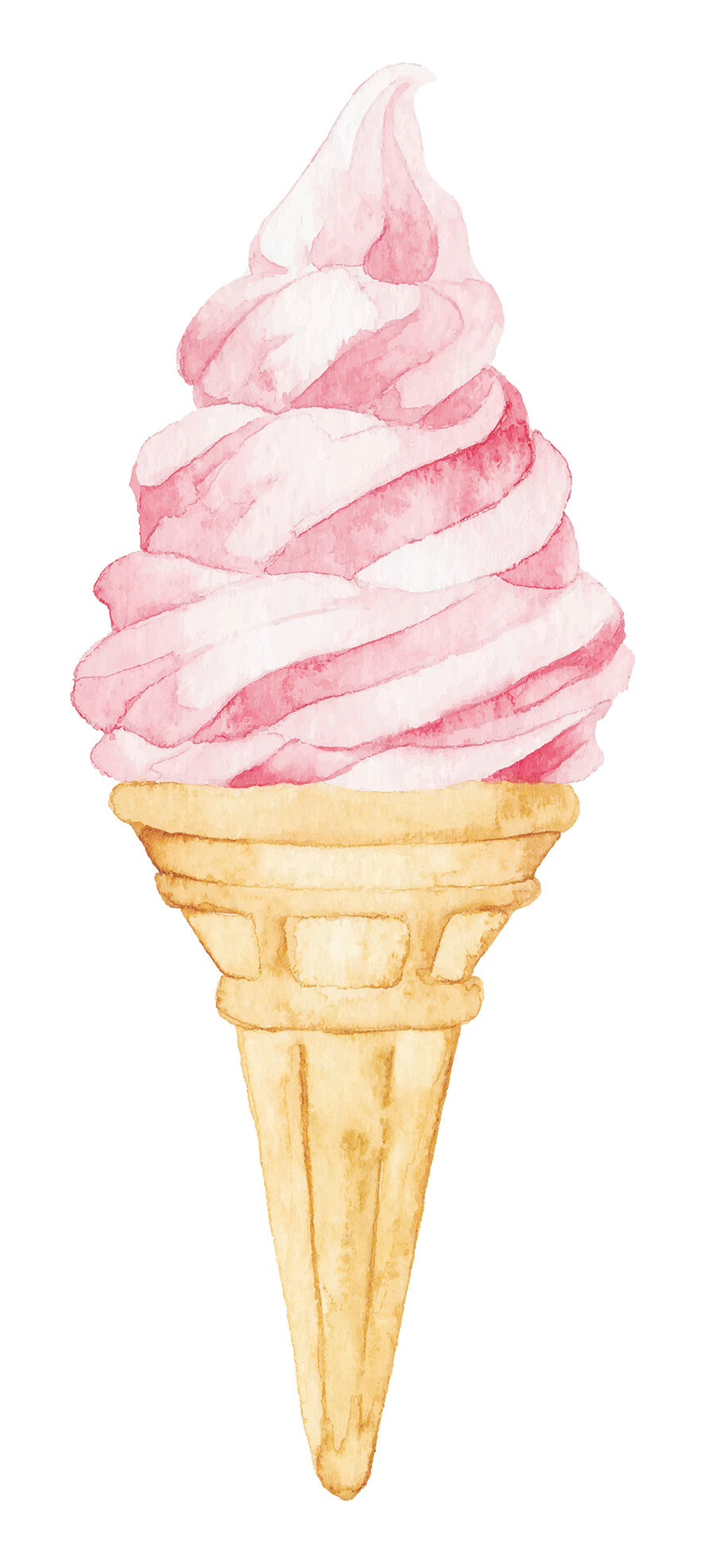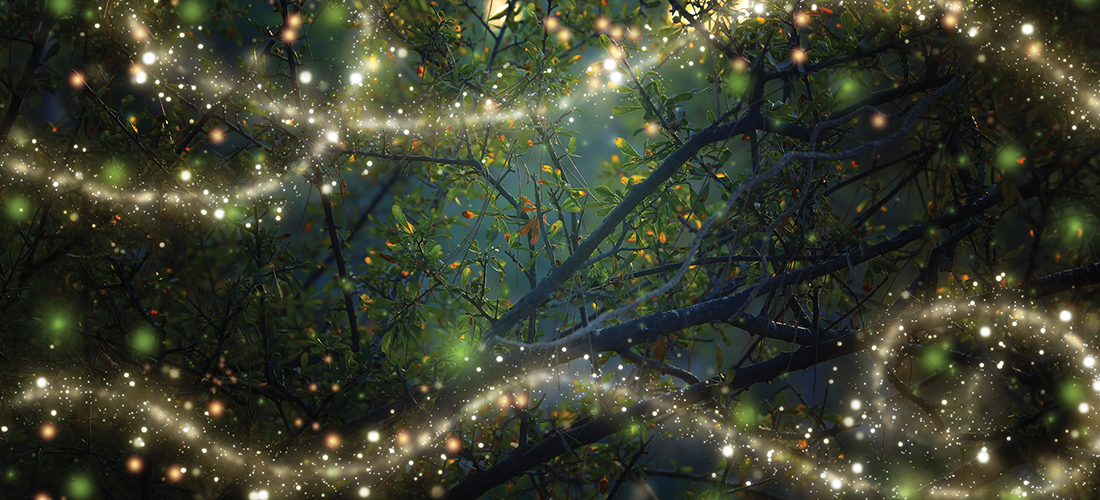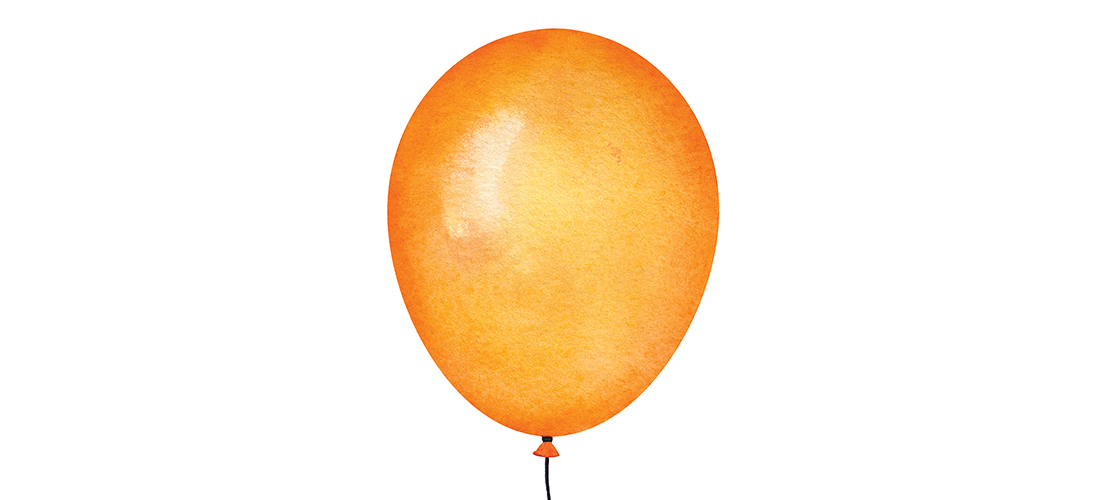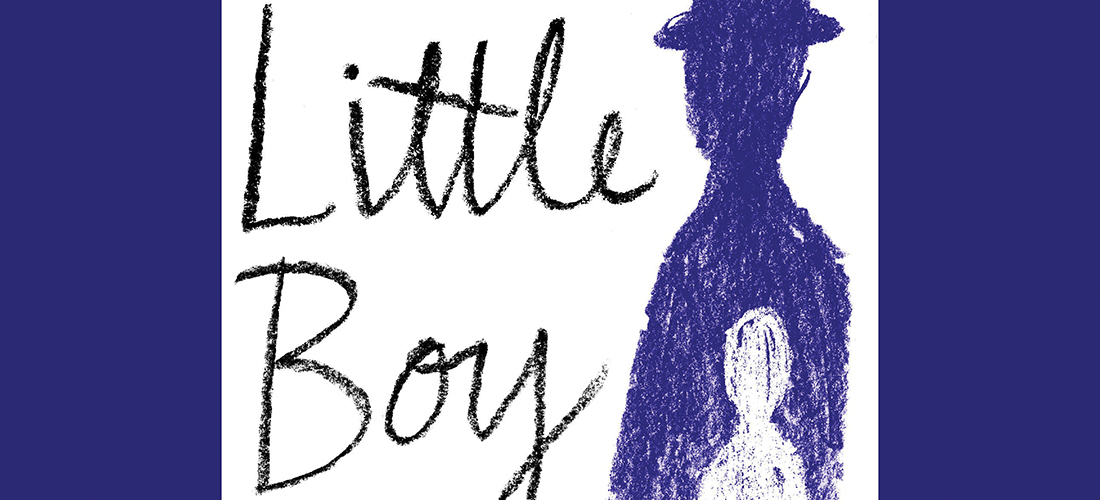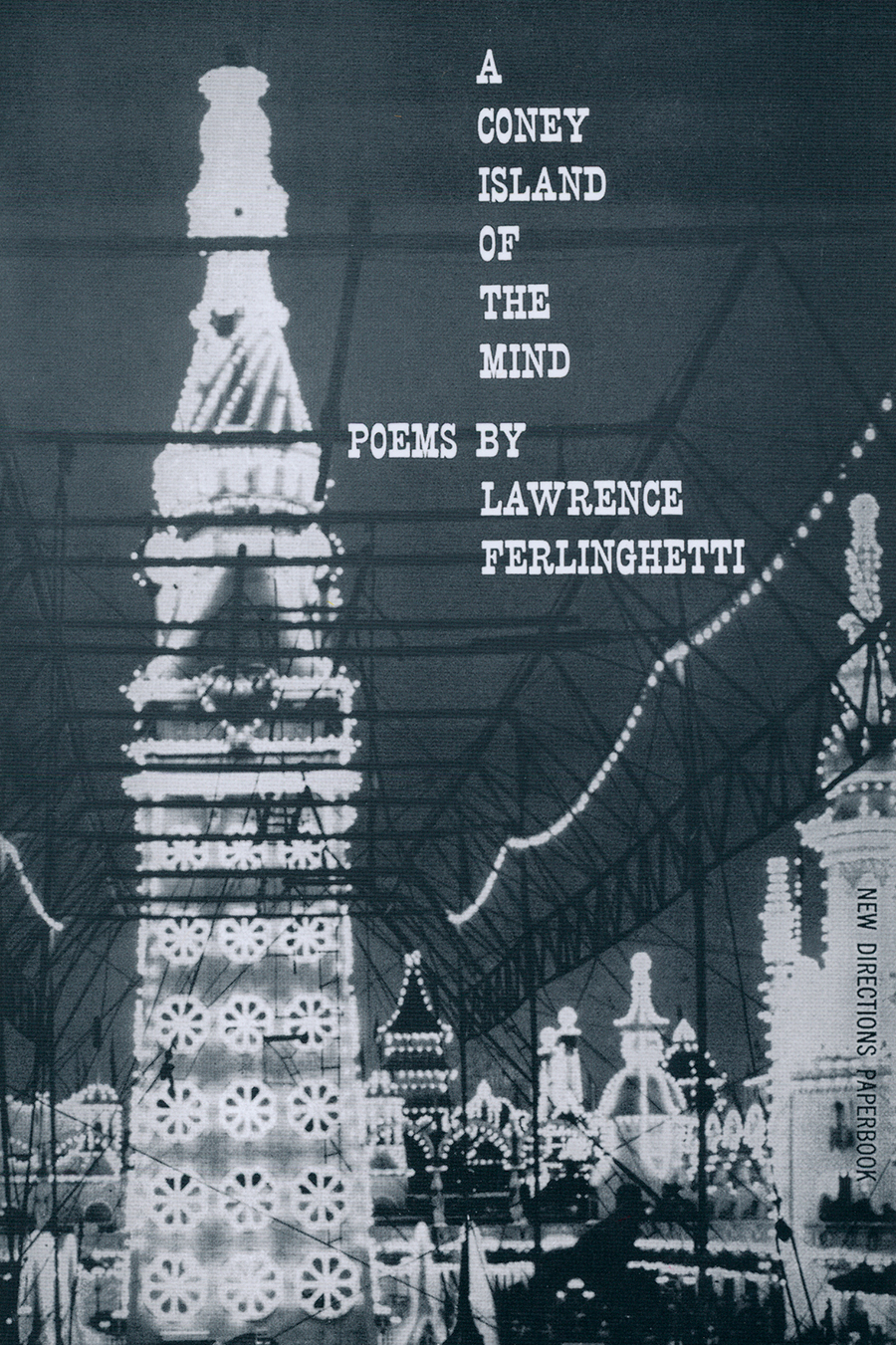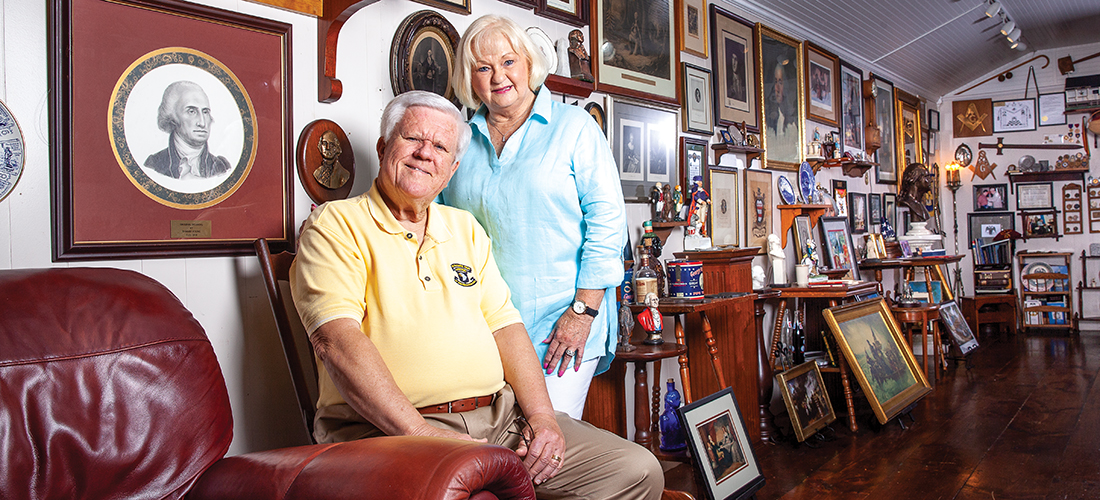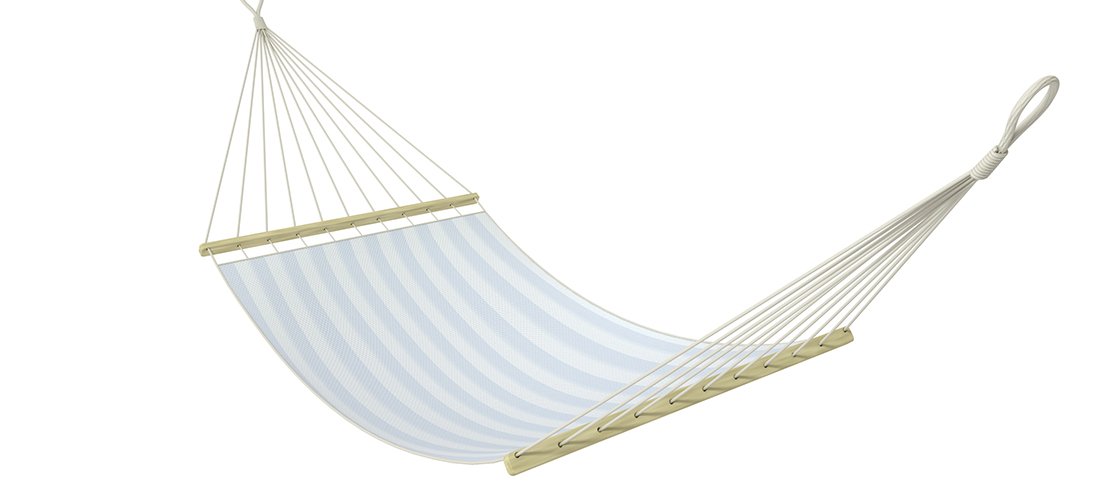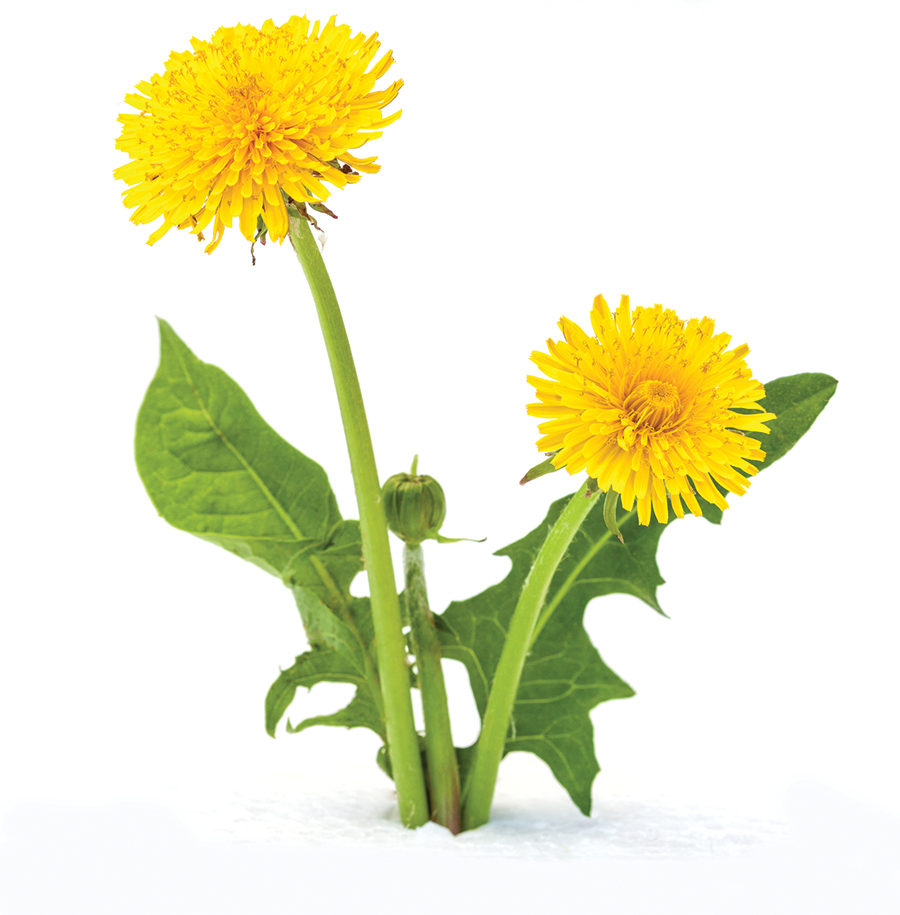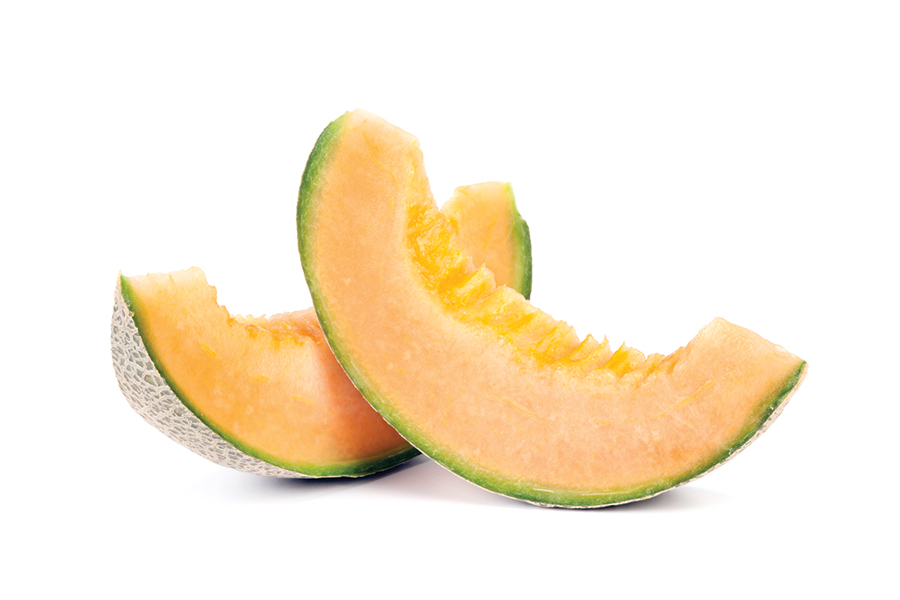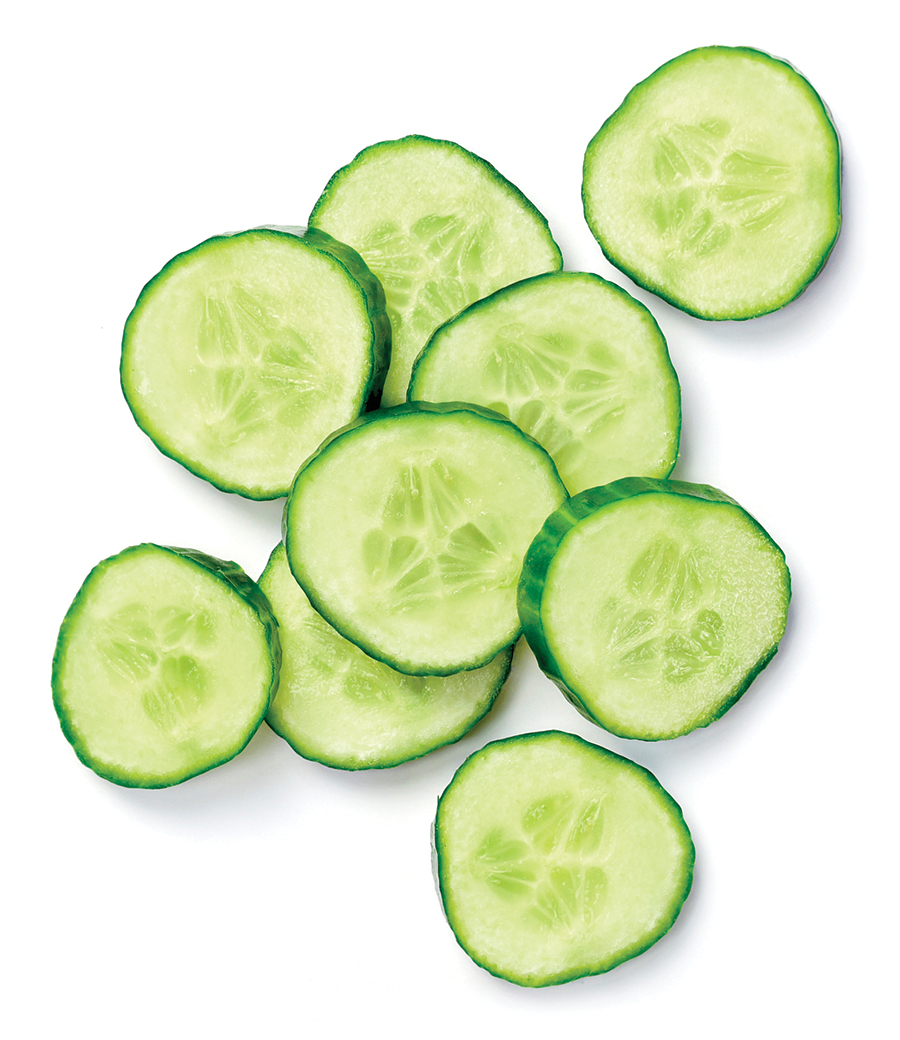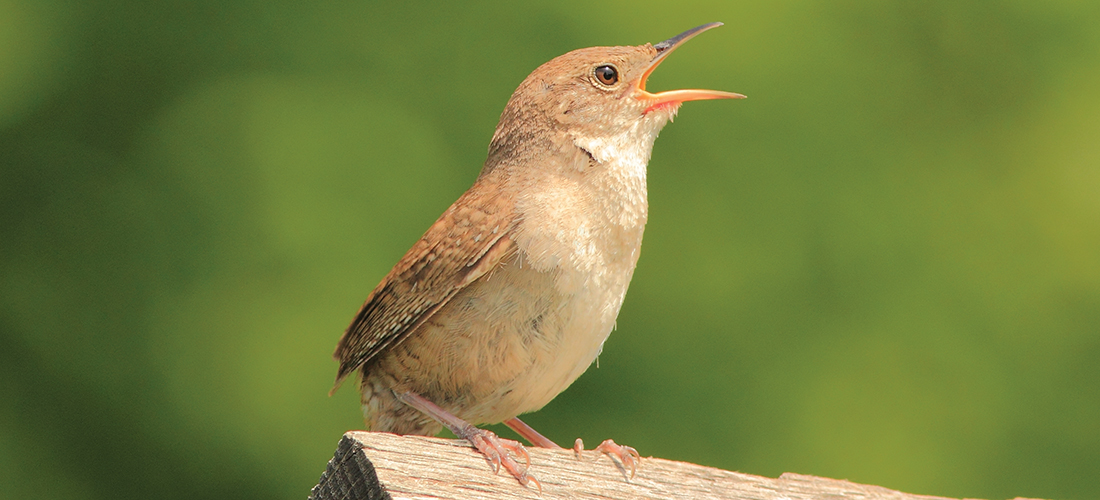For Steve Lynch, history is an everyday pleasure and privilege
By Jim Dodson • Photographs by John Koob Gessner
Not long ago, on a tip from a local historian, I called on a man named Steve Lynch who lives in a pretty, middle-class neighborhood off Alamance Road, a few miles north of the pre-Revolutionary-era (1771) battlefield of the same name.
I’d been led to believe that Lynch might be able to tell me something about a celebrated relative of mine named George Washington Tate, a surveyor, grist mill owner, furniture maker and prominent citizen of the county in the 19th century.
My great grandmother, Emma Tate Dodson, had been his daughter, and according to family lore, she was supposedly a Native American, an infant when Tate brought her home from one of his “gospel rides” out west to help establish Methodist churches in the wilderness of the Blue Ridge hill country.
All I really knew about her papa, old George Tate, was that he was famous for his furniture-making and owned one of the most important grist mills on the historic Haw River. It was a fording spot of the ancient east-west Trading Path used by Indian tribes and settlers in the 18th century — including my own immigrant Scottish and English forebears who came down the Great Wagon Road to the region in the 1750s. Greensboro’s Tate Street is reportedly named for this rural Carolina polymath.
My hope was that Steve Lynch could fill in a few blanks and maybe answer a question or two about my respected ancestor.
What I found instead was another polymath in the tradition of Tate himself, a patriotic native son of Mebane, a Vietnam combat vet, 33rd degree Mason, former police detective and history nut extraordinaire for whom the past is not only alive and kicking, but also a source of daily happiness. He enthusiastically shares it with visiting groups and individuals who find their way to perhaps the most charming personal museum in the state.
It’s housed inside “Lynch Lodge,” a pair of Amish-built sheds their owner artfully fused together in his backyard some years back. He added a pretty front porch where Lynch and bride, Betsy, can sit and admire the handsomely landscaped approach through a leafy garden that features a full-scale flag pole and live boxwood shrubs rooted from Thomas Jefferson’s Poplar Forest, George Washington’s Mount Vernon and the governor’s palace at Williamsburg.
That was the first of many of nice surprises, each one more interesting than the last, when I called on him on a quiet summer afternoon.
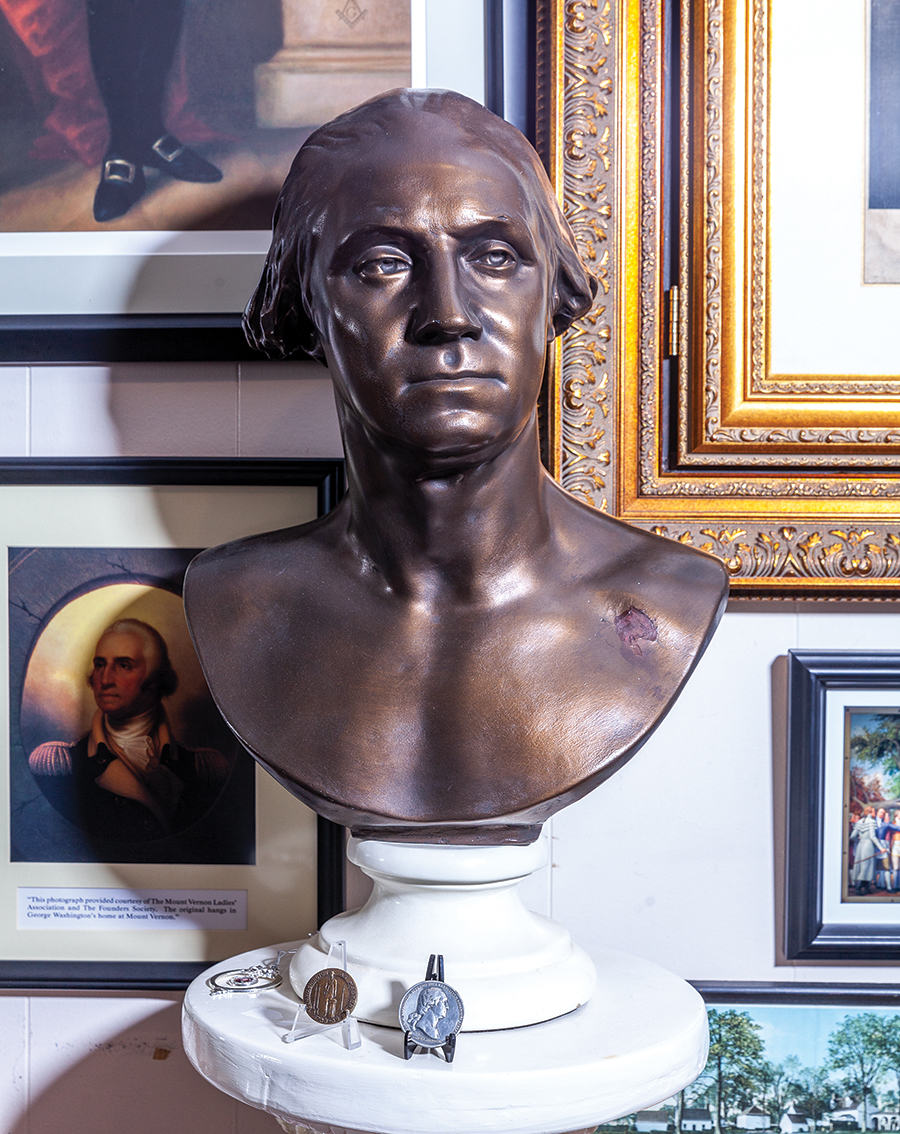
Stepping into the Lodge, my eye went straight to an opposing wall where there was a beautiful portrait of George Washington hanging in a large gilt frame.
“Let me show you something,” Lynch said with a chuckle. The framed portrait had a nifty trick. It was set on hinges inside a larger matching frame, rather like a hidden safe.
“Here’s why.”
Attached to a linen binding on the back of the original framed painting, which dated from 1789, was the actual obituary of George Washington from a Philadelphia newspaper.
“I bought it at an auction in Mebane and got tired of having to pick it up off an easel to show people what’s on back,” he genially explained. “So I took it to a cabinet maker who came up with a clever solution.”
“You seem to have a thing for the name George Washington,” I commented, noting that the entire wall surrounding the portrait was covered with various paintings and antique pen and ink sketches of the nation’s first president. Lots of other Washington memorabilia was on displayed, too — antique tins of George Washington pipe tobacco, whiskey bottles and liquor decanters bearing the great man’s likeness, china plates with portraits of Mount Vernon and Martha Washington, an 1819 twin-volume History of the America Revolution featuring the writing of our founding president, at least a dozen statue heads, including a brass bank. Standing on the floor was a copy of Gilbert Stuart’s famous unfinished portrait of Washington.
“A fella I visited who owned a plantation house down in Little Washington gave that to me — just took it off the wall and sent it home with me,” Lynch offered, shaking his silver-topped head wonderingly.
Further along the wall, Lynch showed me an ancient pen-and-ink drawing of General Washington that was given to him by another friend that infected him with the collecting bug, setting him on the road to building his museum to house his growing and expanding collections.
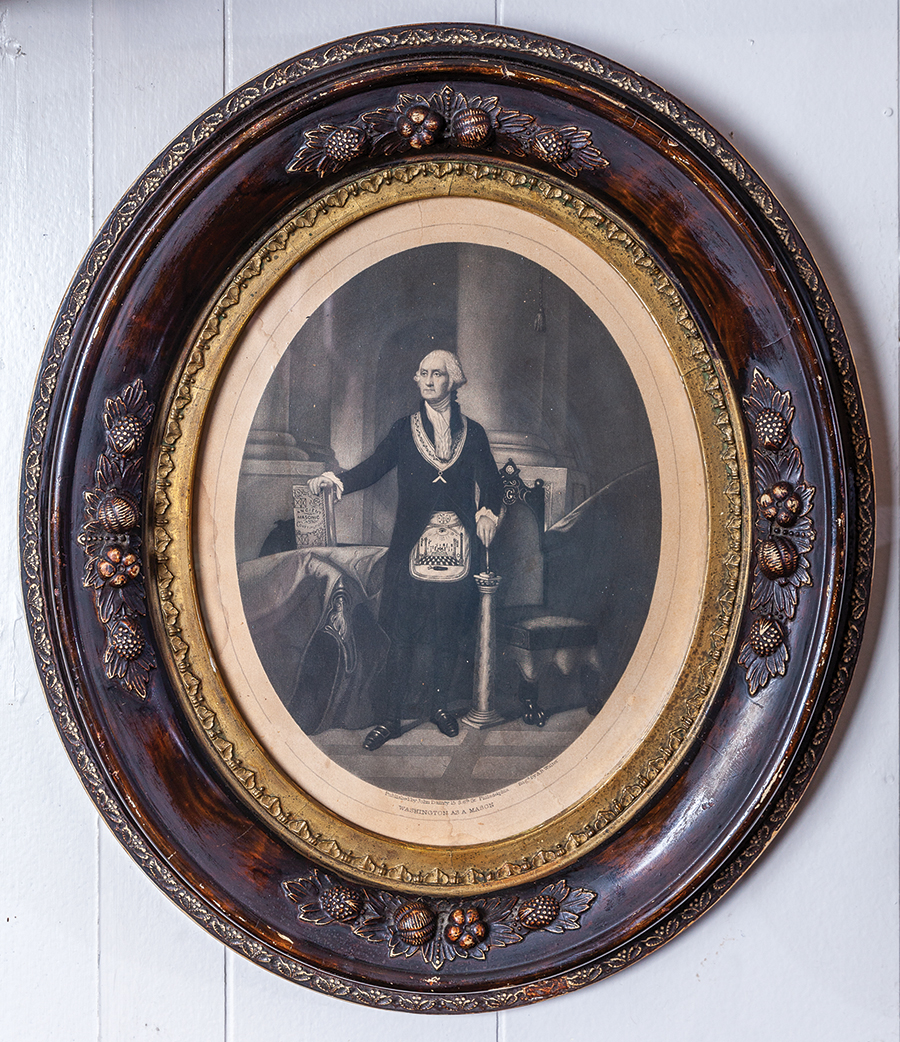
“I do love George Washington,” Lynch said, stating the obvious.” Sure, he as our first president, but he’s also “someone everyone admires and should emulate in the way he lived. It’s also because I’m rather partial to the name,” my host explained.
With that, he showed me the first photograph I’d seen of my illustrious ancestor, G.W. Tate, whom I learned was his great-great-grandfather, as well. “Emma Tate’s sister was my great-grandmother, which makes us cousins,” he announced with a wide country grin.
He showed me two other Tate artifacts that left me momentarily speechless — and answered a lot of questions in an instant. One was a framed U.S. Patent certificate for a grain threshing machine that improved the famous one invented by Cyrus McCormick in the early 1800s.
The other items were Tate’s pocket watch, mess kit and solid brass telescope from his service in the Confederate States Army, given to Lynch by his grandfather. On the spot, I learned that Tate had served as a full colonel in the North Carolina 11th regiment.
Finally, he showed me a 19th-century map of Guilford and Alamance counties that revealed that Tate’s mill wasn’t where I’d always thought it was — and had visited near the I-85/40 bridge over the Haw, first as a boy and more recently, a few years ago when I began research on the Great Wagon Road.
“Tate’s Mill was nearby, though — actually on Haw Creek,” Lynch informed me. “I know a man who can take you to see where it was located.
I believe some parts of it may even be visible.”
The tour continued to the opposite end of the room to the “Franklin Corner” where lots of similar artifacts and memorabilia of Benjamin Franklin were on view.
That area led to a section filled with items gathered from Lynch’s distinguished 40-year career in law enforcement, including his 30 years as a detective for the Burlington Police Department and 11 more working as chief investigator for the Alamance District Attorney’s office. Displayed in this area were handcuffs (“They were on some pretty colorful people”) and a small pistol that a subject fired at Lynch during his first day on the job.
On the opposite side of the far end of the room was his “military corner” that displayed various uniforms, gear and items from the Vietnam era, including his year in combat for the 501 Infantry division of the 101st Airborne in 1969, one of the toughest years of the unpopular war.
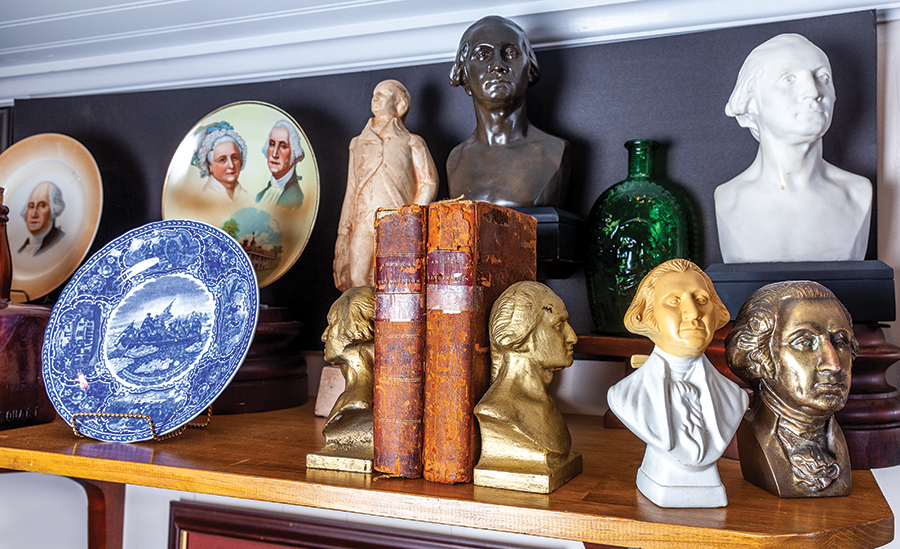
“Just had four college boys from N.C. State and a veteran of Special Forces come by the other day to have a look at these things,” Lynch reflects, staring at the wall with visible emotion. “They all thanked me.”
At this point of the museum tour, I asked him to pause and sit for a spell so I could learn more about where his love of country and passion for history came from. This was the day after the Memorial Day weekend. The flag outside Lynch Lodge was still at half-mast.
Steve Lynch, I learned, was born on Clay Street in Mebane in 1949. Upon graduating from Eastern Alamance High School in the spring of 1967, he wrote a letter to J. Edgar Hoover and found a job working for a year in the fingerprint lab at FBI headquarters, before a romance lured him back home to Burlington.
“About that time, I got an official letter from President Johnson and soon found myself on the way to Vietnam. I was happy to serve.”
He was 19 years old. Within days of arrival, he was choppered to a unit fighting along the Ho Chi Minh Trail deep in the jungles of the A Shau Valley, west of the coastal city of Huế near the border with Laos, a key infiltration spot for the Vietcong and scene of some of the war’s fiercest fighting.
That year, American personnel fighting in Vietnam reached its peak of 543,000. Back home in America, antiwar protests also reached an early peak, filling the streets of America.
Steve Lynch grew quiet, speaking solemnly, rapidly blinking his eyes. “The nice guy that flew over there with me in the helicopter died the first day in action. We were new recruits. These were hardened soldiers. It was an unwritten rule among the guys who’d been in combat that nobody spoke to you in case you didn’t survive the next firefight.”
Steve Lynch survived the next firefight and many other major ones, including one in which his unit was overrun by the enemy. When his right hand got a serious infection that came close to becoming gangrene, he was airlifted out and treated before being sent back into the fray.
By that point he was an accepted brother in arms. From his first to last day in country, Lynch carried a small family Bible he kept wrapped in plastic. “Whenever we had a quiet moment, the others would ask me to read from the testament.”
The guys in his unit gave him a nickname. He was called “Preacher.” After serving his year, earning the respected Combat Infantryman Badge, Steve Lynch was sent home, only to be diagnosed with severe Post Traumatic Stress Syndrome. A brigadier general he met at the Pentagon changed his orders to allow him to spend the rest of his military service under his first sergeant from Vietnam, assigned to Fort Stewart in Georgia. “He was one of my best friends. We’d been through a lot together. That meant a great deal to me.”
Lynch blinked for a few more seconds, his mind back somewhere in a war America tried hard to forget but he never has. Then he looked at me and smiled.
“You know, just a few weeks back I flew out to Missouri to see the chaplain I served with over there. He retired as a full bird colonel with a Silver Star. We had a wonderful visit,” he recalled. “As I told him, looking back, serving my country over there was the thing I’m proudest of in my life. You see the same thing in all the fellas and women who were there. It’s a bond, a love for each other that’s unbreakable.”
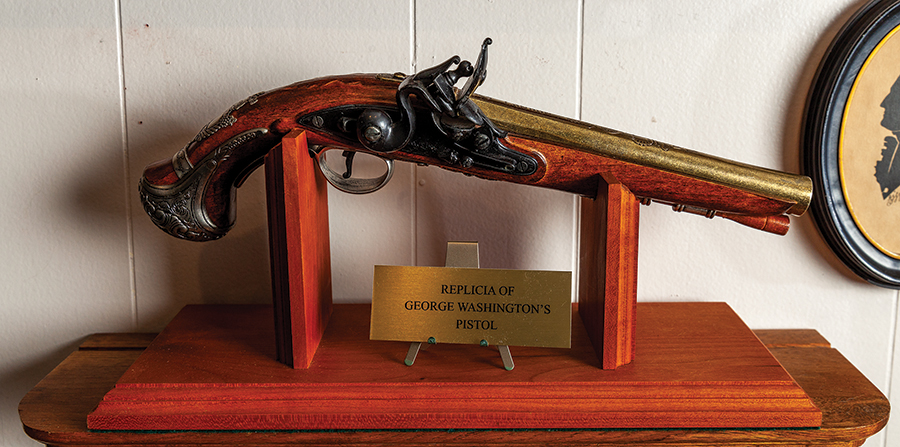
When his chaplain was driving him back to the airport for his flight home, Lynch added, they stopped by a patch of woods and sat for a while talking and actually holding hands and praying.
“When you see veterans at the wall in Washington,” he explained, “that’s what you’re seeing — real gratitude for loving friendship and memories of those who didn’t make it back.”
He nodded to a pair of well-worn Army boots on the floor beside me. There were dog tags attached to the boots’ laces.
“That was done so the army could identify your body if part of it was blown away,” he explained.
Lynch showed me a photograph of himself taken five years ago when the Pentagon called up out of the blue inviting him to lay a wreath on the tomb of the Unknown Soldier.
“I have no idea why they chose me,” he said. “Except for the fact that I was over there and survived. It was a big honor.”
On a happier note, we moved along to a big wooden desk, above which were a series of framed photographs from his years of service in the police. Among his duties, he often was asked to escort dignitaries when they passed through the county. The dignitaries included Prime Minister Margaret Thatcher, President George Herbert Walker Bush, President Bill Clinton and local luminaries including former Senator Elizabeth Dole and former North Carolina Congressman Howard Coble.
“I even liked president Clinton,” he allowed wryly. “People back then said we looked like each other. I suppose we did. That always struck me as kind of funny.”
The next section contained some beautiful spiritual artifacts — a framed page from the Isaac Collins Bible of 1791, the first family Bible printed in America, and an original page from the Geneva Bible of 1560.
Lynch made local news some years ago when he gave his family’s O’Kelly Bible to Elon University. James O’Kelly was a fiery preacher and one of America’s earliest proponents of religious liberty — also, I was not surprised to learn, an ancestor of Steve Lynch.
Therefore, I shouldn’t have been surprised to learn, moments later, that he was also a direct descendent of Thomas Lynch Jr., signer of the Declaration of Independence from South Carolina. Lynch and his father, were the only father and son to serve in the Continental Congress.

The tour of Lynch Lodge ended where it began, at a nook by the front door that was designated for great Masons in history — a wall of portraits, artifacts and figurines in the likenesses of Beethoven and Robert Burns; Generals Jimmy Doolittle, Douglas MacArthur and John J. Pershing; Roy Rogers and Mozart and Harry S. Truman.
Just days before I showed up on his porch, Steve Lynch filled the place with dozens of 33rd degree mason and grand masters from all over North Carolina. He even had a special glass engraved to give to each of the participants. Steve Lynch belongs to the same Eagle Lodge in Hillsborough where George Washington Tate — the man where my inquiry began — was initiated in 1857.
As I left, I asked Steve Lynch what is it about showcasing American history that gives him such satisfaction.
“You know,” he replied, “that’s a little hard to explain. History is personal to people. I have groups and people come look at this little museum and always seem to find something that connects them to their history. It’s the story of where we all came from, after all. It makes me very happy to be part of that.”
As we shook hands, he placed something into mine.
It was a well-worn belt buckle from the Confederate Army.
“I thought you might like to have that, considering what you learned about our relative George Washington Tate today.”
He was right about that. OH

